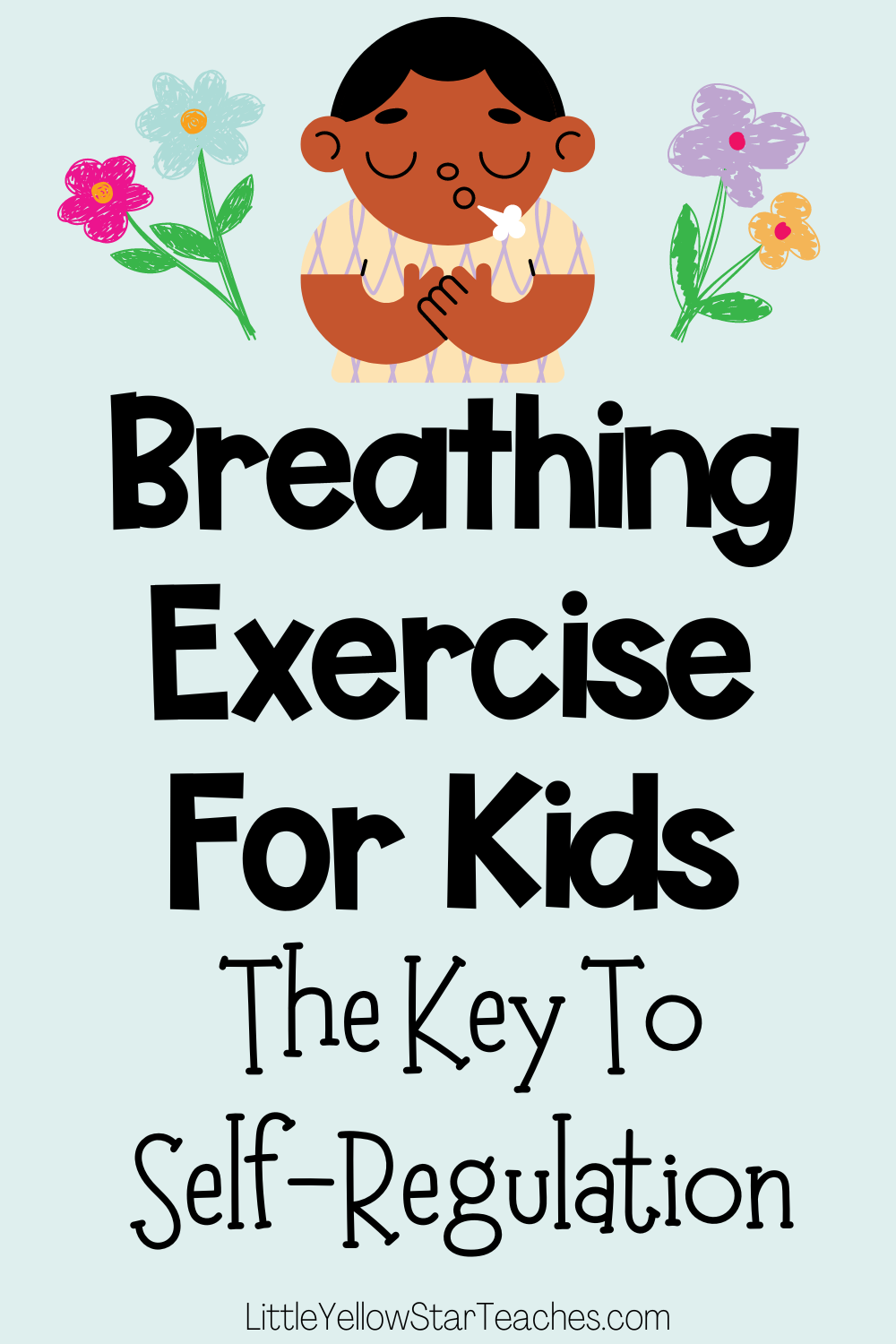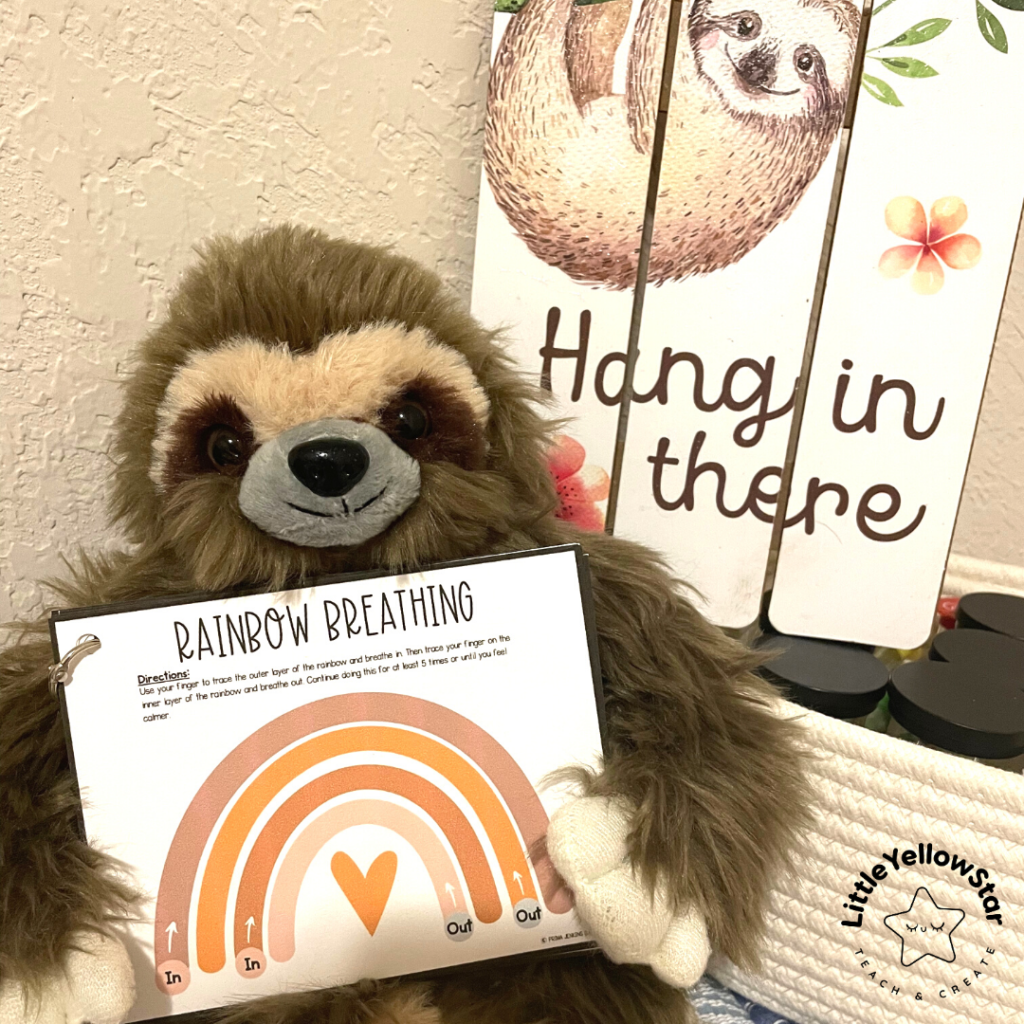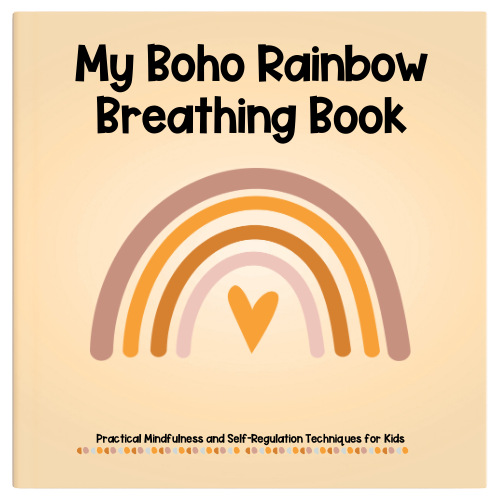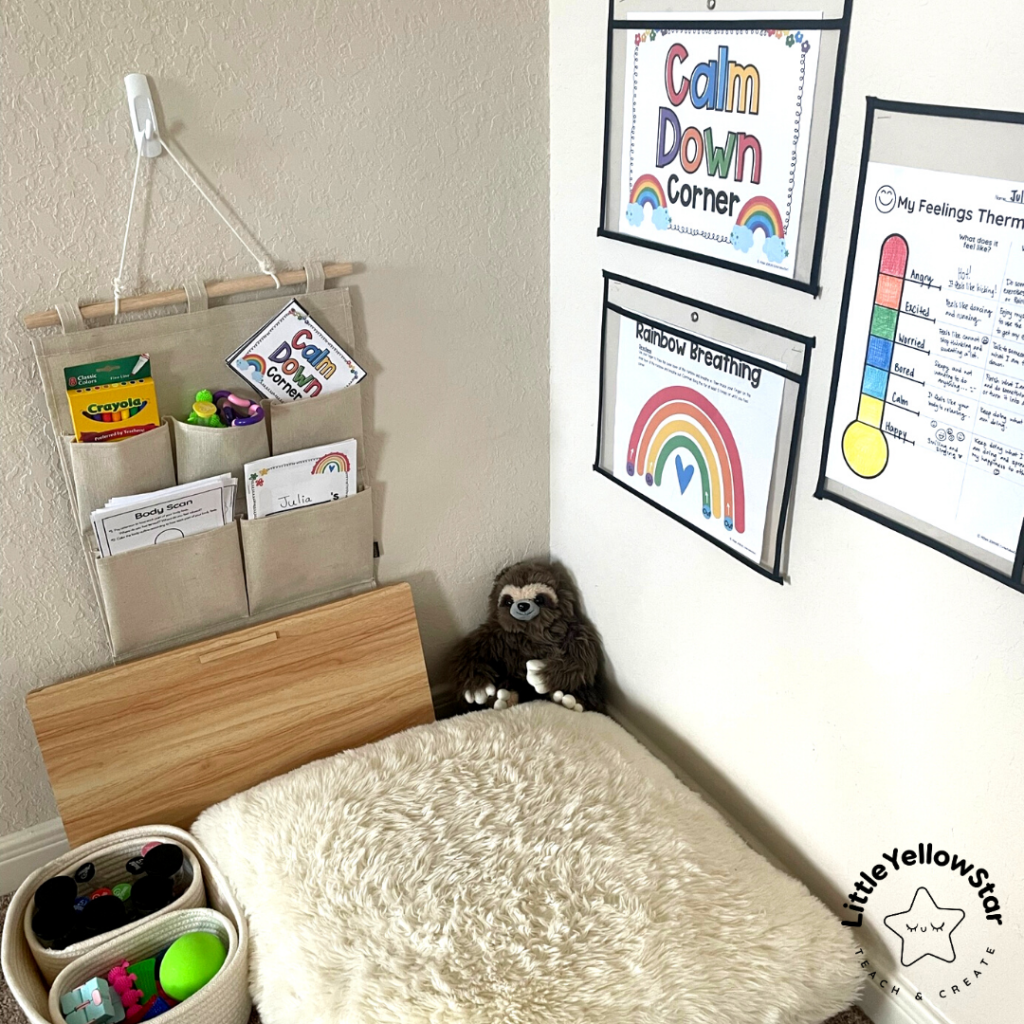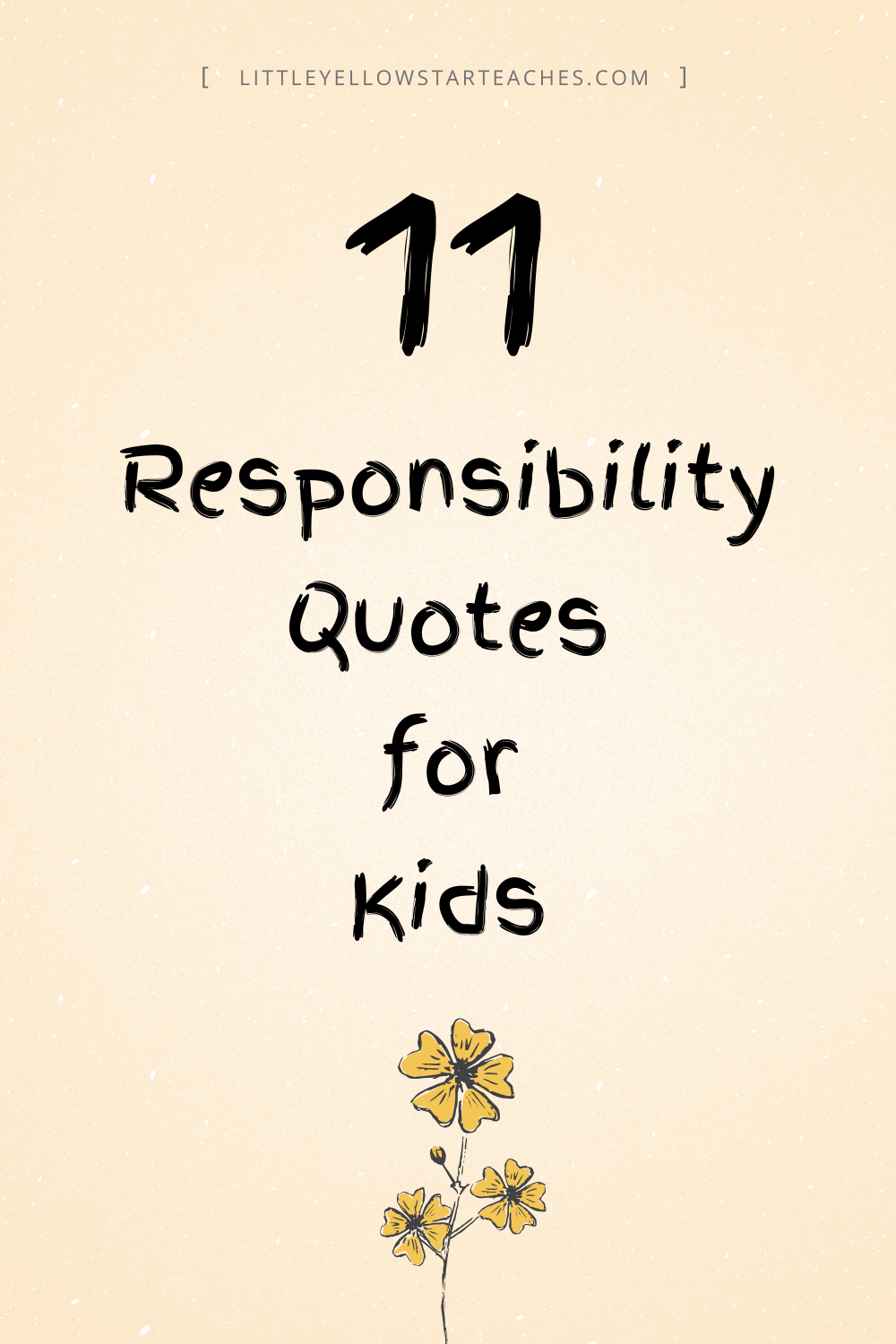How to get kids to self-regulate? That is the question that many teachers and parents are asking. The million-dollar question!
We can teach many coping strategies and self-regulation skills, but they all come down to regulating breathing.
Our focus today is on this vital life skill that, when nurtured early, can fortify our children’s emotional and mental well-being: self-regulation through breathing exercises. Isn’t it astounding how the seemingly simple act of breathing, when directed mindfully, can create positive change in our emotional landscape?
Disclaimer, I am not a child psychologist or a therapist. If your child or you know children needing emotional help, please contact a professional.
Grab these free resources to make your teaching life easier!
Understanding Self-Regulation
First things first, what is self-regulation? In simple terms, it’s the ability to manage and control our emotions, behavior, and body movement when faced with situations that produce strong reactions. In a classroom or home setting, nurturing a child’s emotional intelligence directly relates to their self-regulating ability, ultimately paving the way for a balanced and mindful adulthood.
Why Breathing Exercise For Kids?
Our emotional states often manifest physically, especially in our breathing patterns. Have you ever noticed the short, rapid breaths during anger or anxiety? Conversely, in a calm state, our breaths are elongated and relaxed. By changing the way we breathe, we can significantly change our emotional state. (Philippot, P., Chapelle, G., & Blairy, S., 2002).
When a child is engulfed in intense emotions, guiding them to regulate their breathing can be the first step in grounding them and bringing them back to baseline. When they are back in baseline, then that’s where all the other activities can now have an effect and come into play. Thus, introducing various breathing exercises can become a pivotal tool for their self-regulation.
Check Out Rainbow Mindfulness Books and More!
Benefits of Breathing and Self-Regulation for Kids
Let’s look into other tangible benefits of breathing exercises and self-regulation:
- Enhanced Concentration: Regular breathing exercises can bolster a child’s focus, a critical component for academic excellence (Zelazo, P. D., & Lyons, K. E., 2012).
- Fostered Social Bonds: With better control over emotions, children can navigate peer relationships with more empathy and understanding.
- Resilience Building: The resilience cultivated in childhood becomes their armor against life’s unforeseen challenges.
Setting Up Safe Spaces for Self-Regulation
Before we dive into breathing exercises for kids, let’s talk about setting up a safe space. Much like us, children need a comforting space to retreat, reflect, and regroup. Enter Calm Down Corners. This special spot, whether in a classroom or home, provides a safe haven for children to gather their thoughts and emotions. They know that they can practice their breathing exercise to calm down or use other tools to help them manage their emotion without distraction.
Quick Tips for Setting up a Calm Down Corner:
- Location: Opt for a quiet corner, slightly away from the regular play or work area.
- Comfort: Include cushions, soft toys, and dim lights to make the space cozy.
- Engagement: Soft music or soothing sounds can further enhance the calming experience. Remember, this corner is an invitation to comfort, not a time-out punishment.
Read more here:
- How To Create A Calm Down Corner In The Classroom
- 5 Fidget Tools You Need In Your Calm Down Corner
- How To Introduce Calm Down Corner in The Classroom
3 Breathing Exercises for Kids
Controlled breathing is a natural tool that can help us regulate emotions. You can help your child or children control their breathing in many ways.
- Synchronized Breathing: Sit face-to-face with the child. Take deep, exaggerated breaths and gently exhale. Encourage the child to follow you. Keep doing it together until the child’s breathing slows down to match yours.
- Belly Breathing – Instruct the child to rest their hands on their belly. As they inhale deeply, their belly should rise, pushing their hands outward. Subsequent exhalation should bring their hands closer to the body. This helps them visualize and feel their breath.
- Box Breathing – Ask the child to visualize a box or a square. They breathe in for a count of 4 while imagining moving up one side of the square, hold for a count of 4, breathe out for a count of 4 while imagining moving down the next side, and then hold for another count of 4.
Consistency is key. Introduce these exercises as engaging games. With regular practice, they seamlessly integrate into a child’s coping toolkit.
Additional Self-Regulation Techniques
Breathing is just the start. Once the child is about to regulate their breath and return to baseline, they can use other tools and techniques to help with self-regulation and work with their emotions.
Here are more techniques to enrich our children’s self-regulation toolkit:
- Mindfulness Activities: Simple tasks like focused listening or playing with tactile materials like play-dough can anchor children in the present moment.
- Positive Self-Talk: Guide children in recognizing their emotions, reassuring them that it’s okay to feel. Encourage positive affirmations.
- Visualization: A ‘mental vacation’ can do wonders. It could be a sunny beach or a quiet forest. Wherever it is, guide them there in their imagination.
- Physical Activities: Remember to underestimate a good stretch or a few jumping jacks. Physical movement can be just what a child needs to regulate overwhelming emotions.
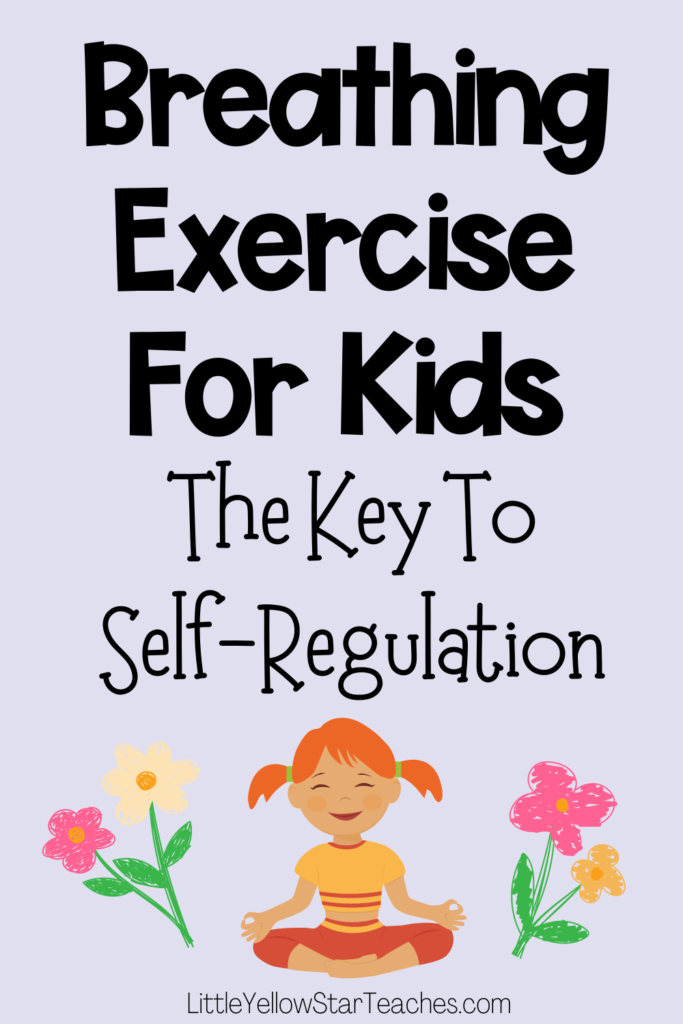
The Breath as a Bridge
With their boundless energy and potential, children sometimes just need a guiding hand to navigate their emotions. As parents and educators, it is our duty to help and guide them. Through collaboration and consistent practice, we can ensure the emotional and mental well-being of our young ones.
Here’s to nurturing a generation that embodies mindfulness, balance, and emotional sagacity. Too many moments of serene breaths and profound growth!
If you have a breathing exercise for kids you love, please share! Tag me on Instagram @LittleYellowStarTeaches!
Happy breathing!
Bye for now,
Prima from LittleYellowStar
* * *
Other Blog Posts That You Might Enjoy:
- 15 Minutes Daily Social And Emotional Learning Activities For The Classroom (SEL Made Easy)
- 11 Classroom Essential First Year Teacher Must Haves That Won’t Break The Bank
- Meaningful And Fun Back To School Activity: Create A Classroom Wreath!
Post References:
- Philippot, P., Chapelle, G., & Blairy, S. (2002). Respiratory feedback in the generation of emotion.
- Zelazo, P. D., & Lyons, K. E. (2012). The potential benefits of mindfulness training in early childhood.

